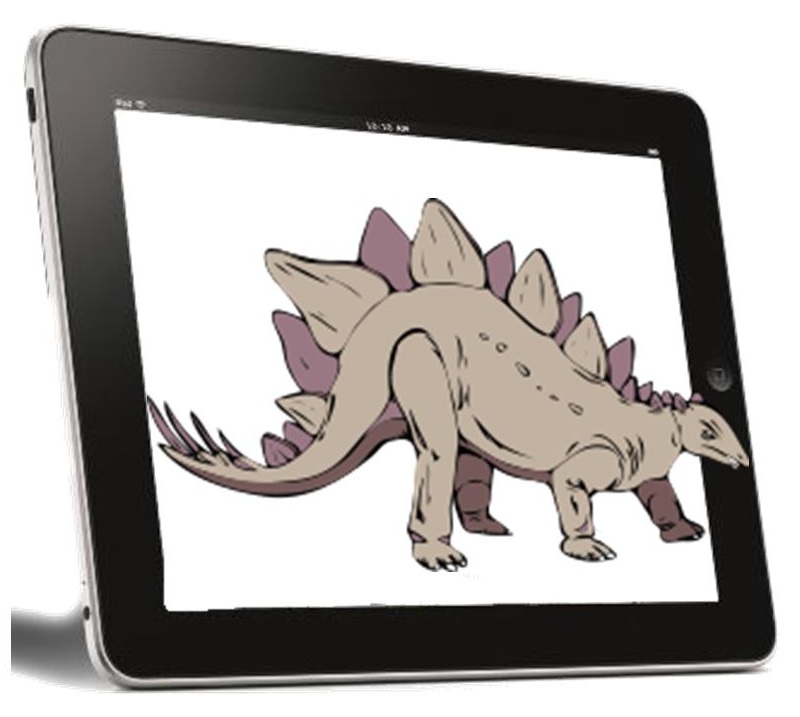The AR firm has revealed that its dedicated processors will be incorporated into the gadgets by the close of 2013.
German augmented reality firm, Metaio, has just announced that it is anticipating the installation of its dedicated chips into mobile devices before this year comes to its end, even though its one large announced customer, ST-Ericsson, collapsed.
At the same time, the company also revealed that it will be opening a new research and development lab.
That new R&D lab will be located in Dallas, Texas. The deal with ST-Ericson for augmented reality chip installation was announced in February at a large industry event. It included the AR technology designs from Metaio into the processors of the device. Its benefit was explained to be that it would reduce the amount of power that would be required in order to perform the AR specific functions
This would allow augmented reality functions to be processed without rapidly draining the device battery.
The augmented reality technology would allow device users to be able to use their smartphones and tablets for AR functions without having the power run out too quickly. The deal was assumed to have been over a month afterward, however, when STMicroelectronics and Ericsson revealed that their chipset joint venture was over. This also cancelled the NovaThor chipsets from ST-Ericsson, which had been announced at the same industry event in February.
That said, Metaio continued, at that time, in its talks with both Ericsson and with STMicro about using its augmented reality technology. Metaio spokesperson Anett Gläsel-Maslov explained that those talks – as well as others with undisclosed organizations – are ongoing. However, she added that the company is almost certain that it will have its “AR Engine in devices by the end of the year.”
In order to further develop its augmented reality engine designs, the new R&D facility is being opened up in Dallas. The company already has a location in San Francisco, so this move is clearly not being strategically made in order to take steps closer to possible customers. Instead, according to Gläsel-Maslov, the choice was made as the firm is hopeful that it will be able to take advantage of the engineers who are seeking new opportunities as Texas Instruments reduces its business in OMAP mobile processors.

 Virginia Tech art groups are working together to provide children with a unique Earth Day experience.
Virginia Tech art groups are working together to provide children with a unique Earth Day experience.